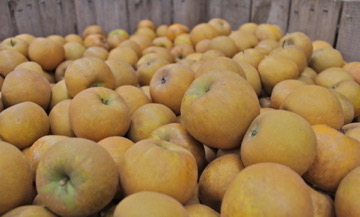
HISTORIANS, WRITERS, FILMMAKERS have tried in countless ways to imagine, preserve, and understand the past. Our connection to our ancestors informs our collective identity, after all, expanding our notions of community and continuity across generations.
With apples, there is no guesswork. They give a literal taste of the time they were discovered, and many have had illustrious careers.

Click on the apple’s name to learn more about it, including where it is grown.
A Gravenstein today is an exact replica of the fruit of the original tree that produced it in Germany, Italy, or Denmark — no one knows for sure — in the 1600s. The bite of the past is real, not speculative, because of grafting, the process by which apple varieties are developed.
Most apple varieties require a second variety for pollination, and as a result their seeds contain genetic material from two “parents.” The apples from the trees grown from these seeds may resemble either parent but will not be identical, and their fruit is likely to be sour or bitter.
This happens many thousands of times in nature before one combination produces an edible offspring worth preserving and propagating. Since the seeds of that new apple cannot reliably produce exact replicas, the only way to preserve it is to cut off a small limb from the original tree (called a “scion”) and attach it to a “rootstock,” a short, branchless sapling chosen for size, disease resistance, cold hardiness, or other feature. (View the short video below to see how grafting is done.)
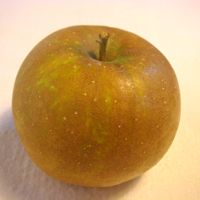
From the time of the graft on, the tree will produce the same fruit from the grafted limb, again and again, orchard to orchard, year after year. That means that the Roxbury Russet you eat today is directly descended from the original tree, discovered in 1635 what is now a Boston neighborhood. Baldwin, America’s most popular apple for more than a century, is a direct descendent of a tree found in Wilmington, Massachusetts, in 1741.

THESE APPLES SURVIVE TODAY not as historical artifacts, however, but because they have outstanding eating qualities and unusual stories. Roxbury Russet may deepen our appreciation of an agrarian past, but its rough, coppery skin, modest size, and dense flesh help explain why it is not more widely grown today. Yet like most of the russeted apples, it has rich, complex flavor and is excellent in cider.
So it is with most of the heirloom varieties grown today: they do not just have interesting stories, they are good to eat! They have some horticultural or marketing flaw that discourages widespread cultivation — they may be hard to grow, bear every other year, or produce misshapen fruit, for example — but grown in the right places they add a rich array of flavors, colors, and textures to our experience of the apple.
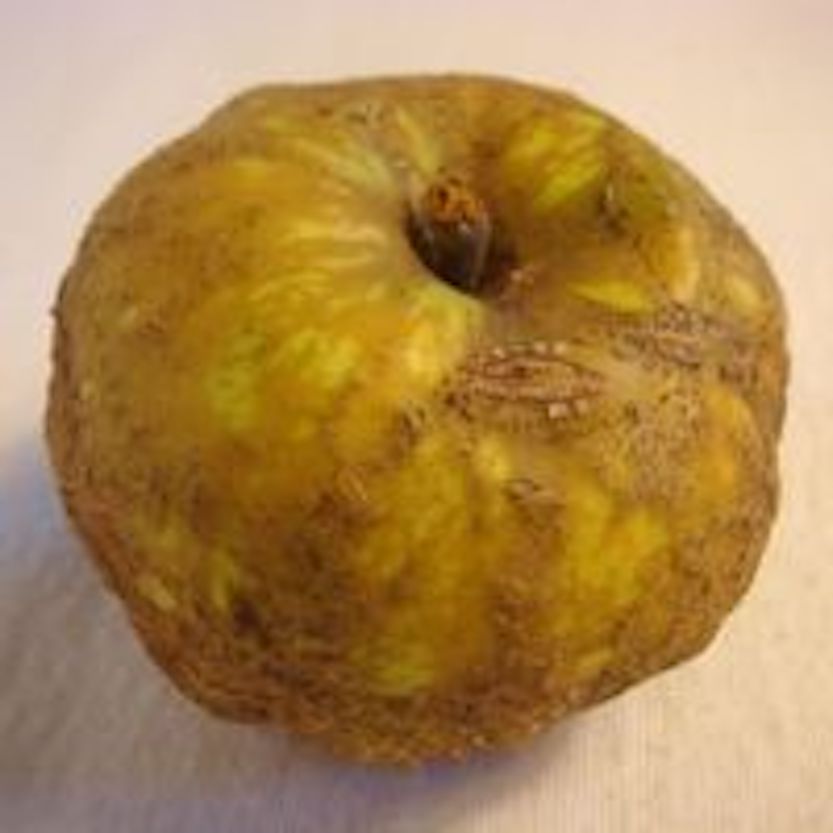
How else can you explain the continued existence of Knobbed (or Knobby) Russet (1819), a gnarly apple from England more than 200 years old? It has to taste good, or why would we take such great pains to preserve it!
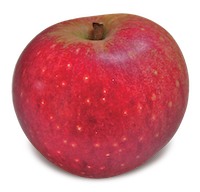
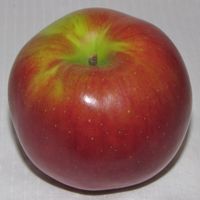
Varieties like Westfield Seek-No-Further, a good fresh-eating apple from the early 1700s in what is now a city of 40,000 in western Massachusetts, and Hubbardston Nonesuch, a large, sweet apple named for the central Massachusetts town where it was discovered in the early 1800s, were highly popular for several generations before eventually being outperformed by newer varieties. Niche apples today, they continue to offer unique flavors, textures, and stories.

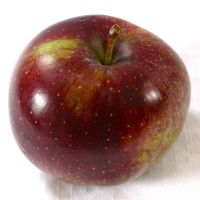
Like the fate of many of the bland, cloying varieties found in supermarkets today, hundreds of varieties from the past disappeared entirely simply because they lacked distinction. But if you seek out or come across varieties like the great pie apple Northern Spy (New York, 1840, from seeds grown in Connecticut in 1800); Black Oxford (Maine, 1790), an apple that improves in storage; or the tart Rhode Island Greening (Rhode Island, 1600s), an East Coast alternative to Granny Smith; you may be in for a sublime treat that simultaneously evokes the past.
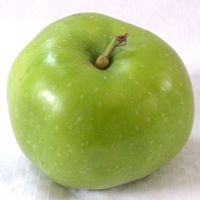
A THIRD REASON for preserving these older gems is genetic diversity. By requiring two varieties for pollination, the apple is constantly reinventing itself in nature and in apple-breeding programs, in infinite combinations. Today’s rare heirloom may yet contribute to the discovery of a new variety like Cameo, a chance seedling from Washington state (1987), or Honeycrisp, developed in the University of Minnesota’s apple breeding program in 1961.
While there is no single, agreed-upon definition for the term “heirloom,” we typically consider apples heirlooms if they are at least a century old. While many have become hard to find, several of them flourish today, particularly McIntosh (1801), Cortland (1898), and Macoun (1909).
Most New England orchards grow some heirloom varieties, and a few specialize in them. Search the Apples link on New England Apple Association’s home page to learn about more than 200 apple varieties grown in New England, new and old, including where to find them.
* * *
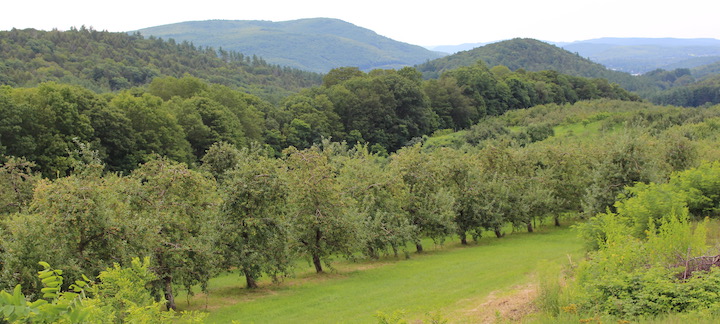

ONE OF THE PREMIERE growers of heirloom apples in the United States is Scott Farm Orchard, Dummerston, Vermont, with more than 130 rare and unusual varieties. Their annual Heirloom Apple Day is this Sunday, October 10, from 10 a.m. to 4 p.m. There will be speakers, food, and of course plenty of apples at this historic property, former estate of writer Rudyard Kipling.